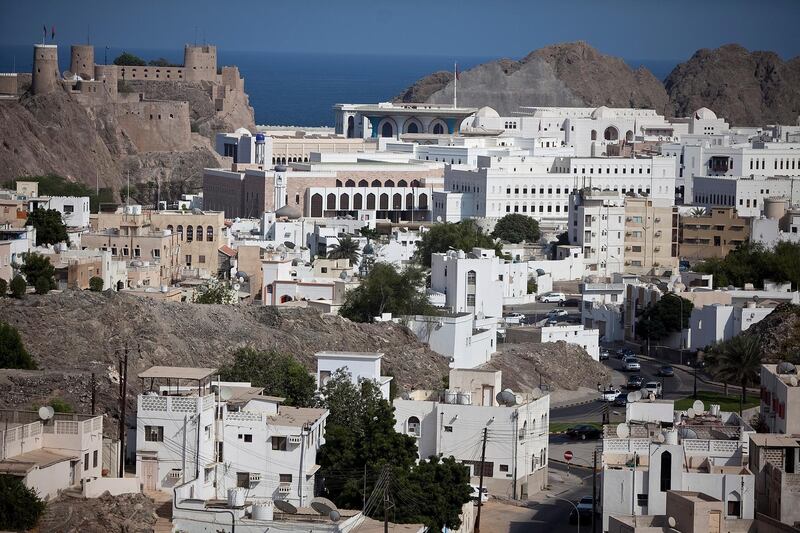Economic reform and higher oil prices will help reduce Oman’s twin deficits “significantly” over the next two years, however, the nation must accelerate efforts to bolster its fiscal sustainability, the International Monetary Fund said.
The fiscal and external deficits will lead to an increase in public and external debt over the medium term, the IMF warned in a report following an assessment of Oman's economy.
The IMF directors in their report released on Friday highlighted “risks to the outlook from possible fiscal under-performance, tighter financing conditions, and heightened regional political uncertainty.”
Oman’s budget deficit narrowed to 12.8 per cent of gross domestic in 2017 from 21 per cent in the previous year because of the increase in oil revenues and spending restraints. The Gulf state, which is the biggest non-Opec Arab oil exporter, is undertaking economic reforms to raise its non-hydrocarbons revenue. This would bring the deficit to below 4 per cent of the gross domestic product in the next two years, the IMF said in April. The the budget deficit is then expected to widen to 7 per cent of GDP by 2023, reflecting the IMF’s oil-price assumptions.
The Washington-based fund urged Oman to implement structural reforms to boost private sector-led growth, increase economic diversification and create jobs, institute measures to bolster fiscal and external debt sustainability and support the exchange rate peg.
A rise in non-oil revenues and introduction of a medium-term fiscal plan, as well as improvements to budget planning expenditure controls could help the country with its ballooning debt problem. Economic diversification and completion of major infrastructure projects are expected to gradually raise non-oil growth to about 4 per cent in the medium-term, according to the IMF.
_______________
Read more:
Oman faces property crash as foreign workers leave
Oman considers IPO of airports company by 2020 amid privatisation drive
Omani women call time on workplace discrimination
_______________
The Fund recommended that Oman implement reforms, including the introduction of value-added tax, under the planned timeline. The country had planned to introduce a 5 per cent VAT at the beginning of this year, but delayed it over concerns about a negative impact on consumer spending. Oman also extended a six-month freeze on hiring foreign workers – in sectors including media, information technology, marketing, insurance and aviation – until the end of the year, to boost local employment.
The Gulf state also needs to make structural reforms to promote the private sector’s development and productivity in order to boost competition, diversification and job creation for nationals, the fund said.
The business environment could improve by modernising the bankruptcy laws, reducing administrative procedures and passing planned legislation on foreign direct investments and public-private partnerships.
The IMF also encouraged authorities to accelerate their program to boost private-sector investment.
Oman's economy is expected to grow faster this year and next as rising oil and gas production boosts exports while the government increases investments in the non-oil sector to diversify hydrocarbons revenue. The Gulf nation's gross domestic product, adjusted for inflation, is set to accelerate to 2.8 per cent in 2018 and 3.5 per cent next year, from 0.4 per cent in 2017, according to a report by BMI, a unit of Fitch Ratings.
The Oxford Economics and ICAEW's report on the Middle East economic outlook also echoed BMI views projecting Oman's GDP growth to reach 3.6 per cent this year and 2.8 per cent next year from 0.2 per cent a year ago.







